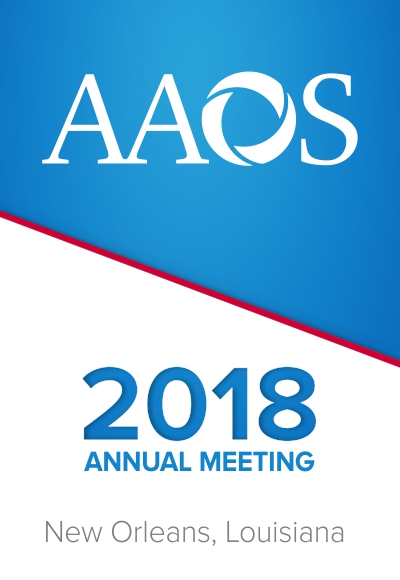
AAOS2018: No long-term difference in pain or function between piriformis-sparing and standard THA

AAOS2018: No long-term difference in pain or function between piriformis-sparing and standard THA
Minimally Invasive versus the Standard Posterior Approach to the Hip: A 10-Year randomized Controlled Trial
Did you know you're eligible to earn 0.5 CME credits for reading this report? Click Here
CONFERENCE ACE REPORTS
This ACE Report is a summary of a conference presentation or abstract. The information provided has limited the ability to provide an accurate assessment of the risk of bias or the overall quality. Please interpret the results with caution as trials may be in progress and select results may have been presented.
Synopsis
100 patients scheduled for total hip arthroplasty were randomized to either a piriformis-sparing approach or a standard posterior approach. Patients were assessed over 10-year follow-up for pain, function, and satisfaction. Magnetic resonance imaging (MRI) was also performed in a subset of patients to evaluate piriformis muscle quality, including bulk and grade. After 10 years, despite significant...
To view the full content, login to your account,
or start your 30-day FREE Trial today.
FREE TRIAL
LOGIN
Forgot Password?
Explore some of our unlocked ACE Reports below!

Learn about our AI Driven
High Impact Search Feature
Our AI driven High Impact metric calculates the impact an article will have by considering both the publishing journal and the content of the article itself. Built using the latest advances in natural language processing, OE High Impact predicts an article’s future number of citations better than impact factor alone.
Continue



 LOGIN
LOGIN

Join the Conversation
Please Login or Join to leave comments.